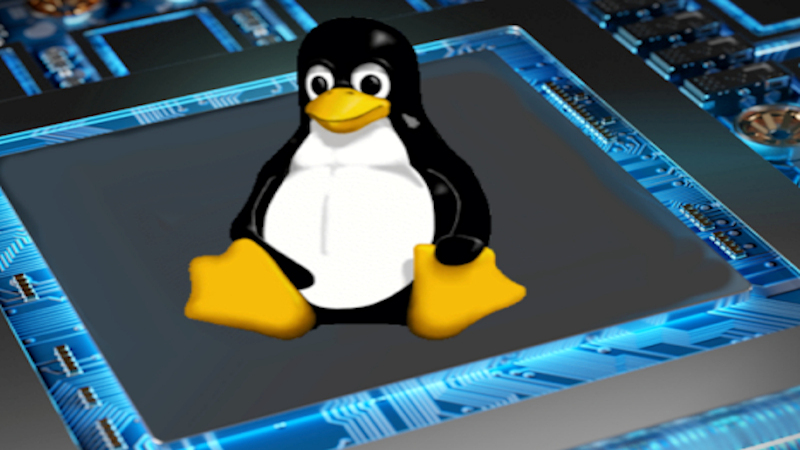Linux has many versions with various features. Linux is the world’s largest free and open source software project. As a free and open source operating system, Linux has spawned a variety of Linux over time.
Unlike Windows which depends on a single vendor to develop, Linux can be modified, used and redistributed freely by anyone. This is why there are many varieties of Linux to be found. These types of Linux are managed by many developers around the world.
These kinds of Linux have their own features and advantages. Various kinds of Linux can be adapted to needs such as business or personal use. The following are various types of Linux, summarized by Liputan6.com from various sources, Wednesday (17/3/2021).
Kinds of Linux
1. Debian
The first kind of Linux is Debian. Linux is composed of software packages that are released as free and open software under the majority license of the GNU General Public License and other free software licenses. Debian GNU/Linux contains the tools of the GNU operating system and the Linux kernel is a popular and influential Linux distribution.
The salient features of Debian are the APT management system, a large number of packages repositories, strict package policies, and maintained release quality.
2. Ubuntu
Ubuntu is offered in three official editions namely Ubuntu Desktop for personal computers, Ubuntu Server for servers and cloud computing, and Ubuntu Core for “internet of things”, small devices and robots. Ubuntu consists of many packages, most of which come from distributions under free software licenses.
3. openSUSE
openSUSE was developed independently, with community support through the openSUSE Project sponsored by SUSE and a number of other companies. openSUSE can be used as an operating system for desktops and servers. a new version of openSUSE is released every eight months. Since version 11.2, support for package updates or security patches until the next two version releases is added by two months, bringing the support period to 18 months.
4. Fedora
The next kind of Linux is Fedora. Fedora is an RPM and yum based Linux distribution developed by the Fedora Project supported by the programming community and sponsored by Red Hat. Security is one of the important features in Fedora. One of the features found in Fedora is Security-Enchance Linux, a Linux feature that implements linux security policies, including command access control, through the Linux security module in the Linux kernel.
5. Linux Mint
Linux Mint is a variety of Linux which is a Linux distribution based on Debian and Ubuntu, with Linux Mint Debian Edition (LMDE) as a completely Debian based alternative. Applications that can run on Ubuntu, can also run on Linux Mint. Linux Mint is released twice a year. Each Linux Mint release is assigned a version number and codename that uses female names and always ends in “a” (example: Linux Mint 14 Nadia).
6. CentOS
CentOS (Community Enterprise Operating System) is a Linux distribution as part of an effort to provide an enterprise-class computing platform that has full binary code compatibility with the source code of its parent, Red Hat Enterprise Linux (RHEL). CentOS is available for free, technical support is primarily provided to users via mailing lists, web-based forums, or chat.
7. Red Hat
Red Hat’s core system, known as Red Hat Enterprise Linux, is designed to be a stable and commercially viable distribution. These types of Linux were originally sold in stores alongside software such as Microsoft Windows and Apple’s versions of the Macintosh operating system. Red Hat is usually the top choice for server environments given its stability and regular security patches that enhance its overall security.
8. Gentoo
Gentoo Linux is a Linux distribution built using the Portage package management system. Gentoo is recommended for those who want to better understand the ins and outs of the Linux operating system. Gentoo comes with a package management system known as portage which is also native to other distros like Sabayon, and Calculate Linux which is based on Gentoo and is backwards compatible.
9. Kali Linux
Kali Linux is a Debian-based Linux distro designed for penetration testing and performing digital forensics. Kali Linux is aimed at Cybersecurity experts and students who want to explore penetration testing.
10. Arch Linux
Arch Linux is a lightweight and flexible Linux distro. This Linux assortment is designed for advanced users or Linux experts who really care about what is installed and what services are running. Arch Linux gives users the freedom to customize or configure the system, as they see fit. In short, Arch is aimed at users who really know the ins and outs of working with Linux.
11. Puppy Linux
Puppy Linux is an operating system and family of lightweight Linux distributions focused on ease of use and minimal memory footprint. Puppy can be used to activate old computers, as an emergency rescue system, as a Linux demonstration system, or as a complete operating system.
12. Mandriva
This variety of Linux was formerly known as Mandrake, Mandriva is best known for its up-to-date software, excellent administration suites, and 64-bit editions. From its inception to version 8.0, Mandrake named its main product Linux Mandrake. While versions 8.1 to 9.2 are called Mandrake Linux.

